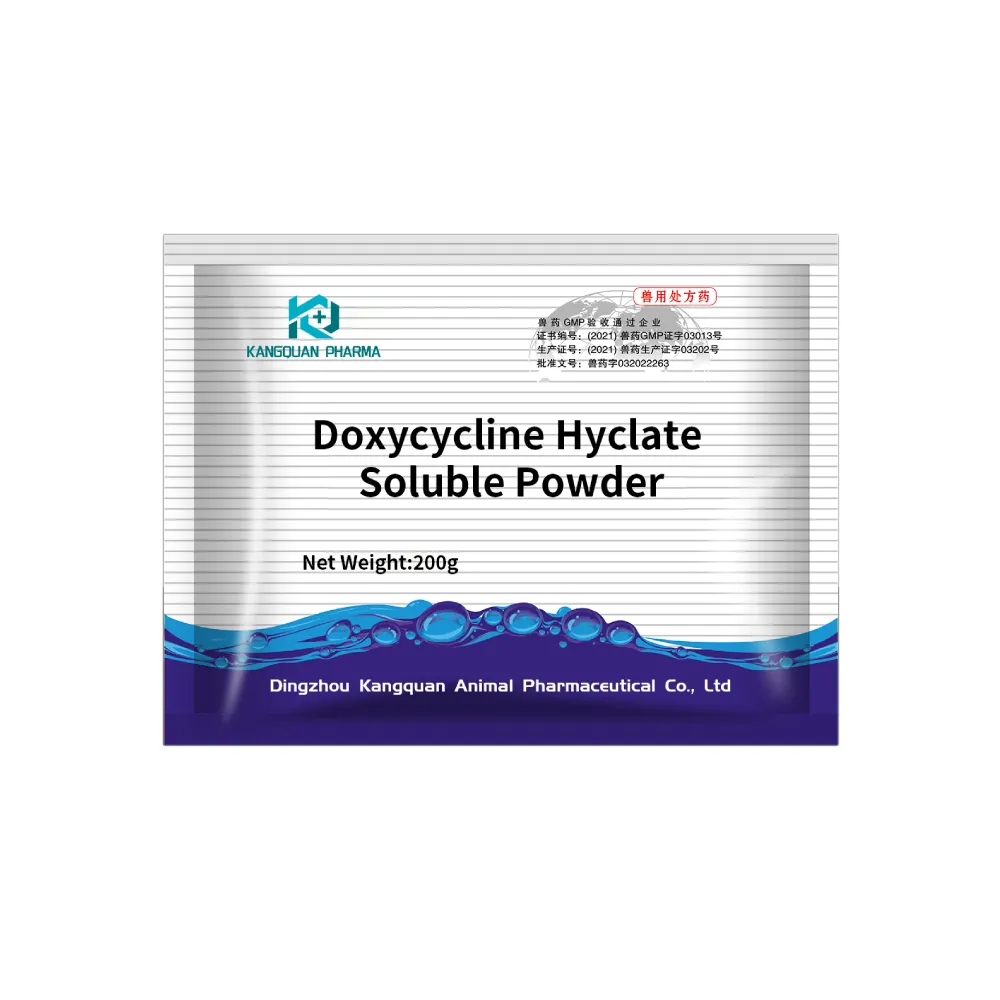- Afrikaans
- Albanian
- Amharic
- Arabic
- Armenian
- Azerbaijani
- Basque
- Belarusian
- Bengali
- Bosnian
- Bulgarian
- Catalan
- Cebuano
- Corsican
- Croatian
- Czech
- Danish
- Dutch
- English
- Esperanto
- Estonian
- Finnish
- French
- Frisian
- Galician
- Georgian
- German
- Greek
- Gujarati
- Haitian Creole
- hausa
- hawaiian
- Hebrew
- Hindi
- Miao
- Hungarian
- Icelandic
- igbo
- Indonesian
- irish
- Italian
- Japanese
- Javanese
- Kannada
- kazakh
- Khmer
- Rwandese
- Korean
- Kurdish
- Kyrgyz
- Lao
- Latin
- Latvian
- Lithuanian
- Luxembourgish
- Macedonian
- Malgashi
- Malay
- Malayalam
- Maltese
- Maori
- Marathi
- Mongolian
- Myanmar
- Nepali
- Norwegian
- Norwegian
- Occitan
- Pashto
- Persian
- Polish
- Portuguese
- Punjabi
- Romanian
- Russian
- Samoan
- Scottish Gaelic
- Serbian
- Sesotho
- Shona
- Sindhi
- Sinhala
- Slovak
- Slovenian
- Somali
- Spanish
- Sundanese
- Swahili
- Swedish
- Tagalog
- Tajik
- Tamil
- Tatar
- Telugu
- Thai
- Turkish
- Turkmen
- Ukrainian
- Urdu
- Uighur
- Uzbek
- Vietnamese
- Welsh
- Bantu
- Yiddish
- Yoruba
- Zulu
11 月 . 02, 2024 21:13 Back to list
oxytetracycline injection in cattle
Oxytetracycline Injection in Cattle An Overview
Oxytetracycline is a broad-spectrum antibiotic that belongs to the tetracycline class of antibiotics. It is widely used in veterinary medicine, particularly for cattle, due to its effectiveness against a variety of bacterial infections. This article explores the applications, dosage, and considerations associated with oxytetracycline injection in cattle.
Applications of Oxytetracycline in Cattle
Oxytetracycline is primarily used to treat respiratory diseases, such as shipping fever, which can occur in cattle due to stress during transportation. Additionally, it is effective against various other infections, including those caused by Escherichia coli, Pasteurella multocida, and Actinomyces species. This antibiotic is also used in cases of mastitis, metritis, and other systemic infections.
One of the key benefits of oxytetracycline is its broad-spectrum activity, allowing it to combat both Gram-positive and Gram-negative bacteria. It works by inhibiting protein synthesis in bacteria, thereby slowing their growth and allowing the animal's immune system to take over and eliminate the infection.
Dosage and Administration
The administration of oxytetracycline can vary based on the specific condition being treated, the age and weight of the animal, and the veterinarian's recommendations. Typically, dosages range from 4 to 10 mg per kilogram of body weight, administered either intravenously, intramuscularly, or subcutaneously. Treatment duration usually lasts from 3 to 5 days, depending on the severity of the infection and the animal's response to treatment.
oxytetracycline injection in cattle

It's crucial for veterinarians to follow guidelines regarding dosing and administration to avoid potential side effects and to ensure the effectiveness of the treatment. Overuse and improper administration of antibiotics can lead to antibiotic resistance, which is a growing concern in both veterinary and human medicine.
Considerations and Side Effects
While oxytetracycline is generally safe when used appropriately, it can have side effects. Common reactions include gastrointestinal disturbances, such as diarrhea, and allergic reactions in some animals. Additionally, it is important to consider withdrawal times when using oxytetracycline in food-producing animals. The withdrawal period allows the antibiotic to clear from the animal's system, reducing the risk of residues in meat and milk that can affect human health.
Farmers and livestock producers must also be aware of regulations surrounding the use of antibiotics in agriculture. Many countries have implemented strict guidelines to ensure the responsible use of antibiotics, aiming to protect public health and manage antibiotic resistance.
Conclusion
In summary, oxytetracycline injection plays a critical role in the treatment of bacterial infections in cattle. Its broad-spectrum efficacy makes it a valuable tool in veterinary medicine, particularly in managing respiratory diseases and other systemic infections. However, careful consideration must be given to dosing, administration, side effects, and withdrawal times to ensure both animal health and compliance with safety regulations. As the agricultural landscape continues to evolve, responsible usage of antibiotics like oxytetracycline remains paramount in maintaining the health and safety of cattle and the food supply chain.
-
The Power of Radix Isatidis Extract for Your Health and Wellness
NewsOct.29,2024
-
Neomycin Sulfate Soluble Powder: A Versatile Solution for Pet Health
NewsOct.29,2024
-
Lincomycin Hydrochloride Soluble Powder – The Essential Solution
NewsOct.29,2024
-
Garamycin Gentamicin Sulfate for Effective Infection Control
NewsOct.29,2024
-
Doxycycline Hyclate Soluble Powder: Your Antibiotic Needs
NewsOct.29,2024
-
Tilmicosin Premix: The Ultimate Solution for Poultry Health
NewsOct.29,2024













